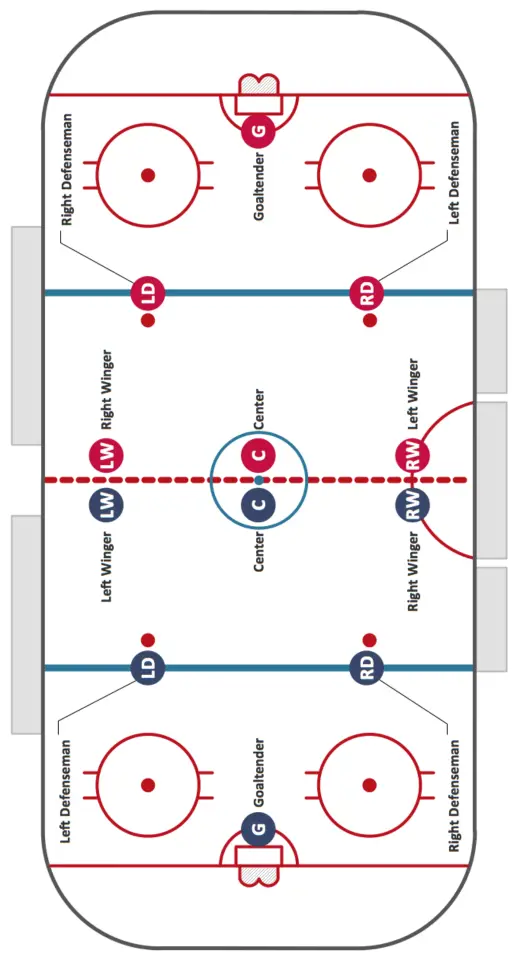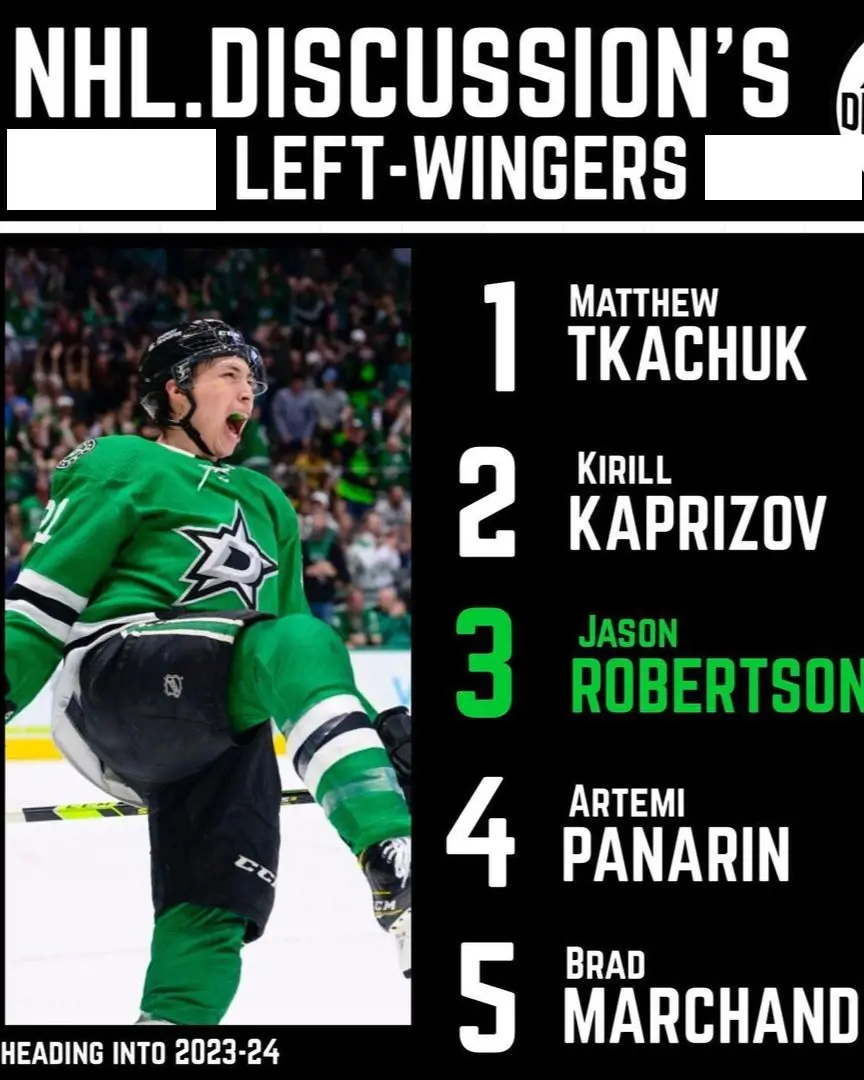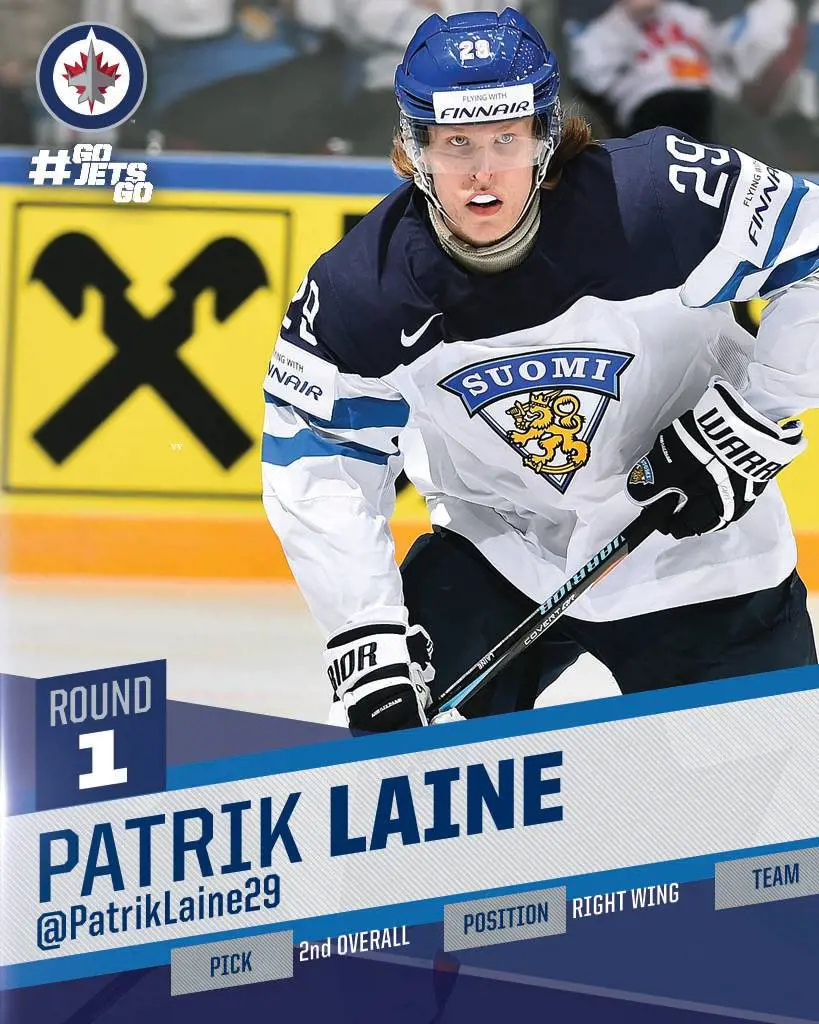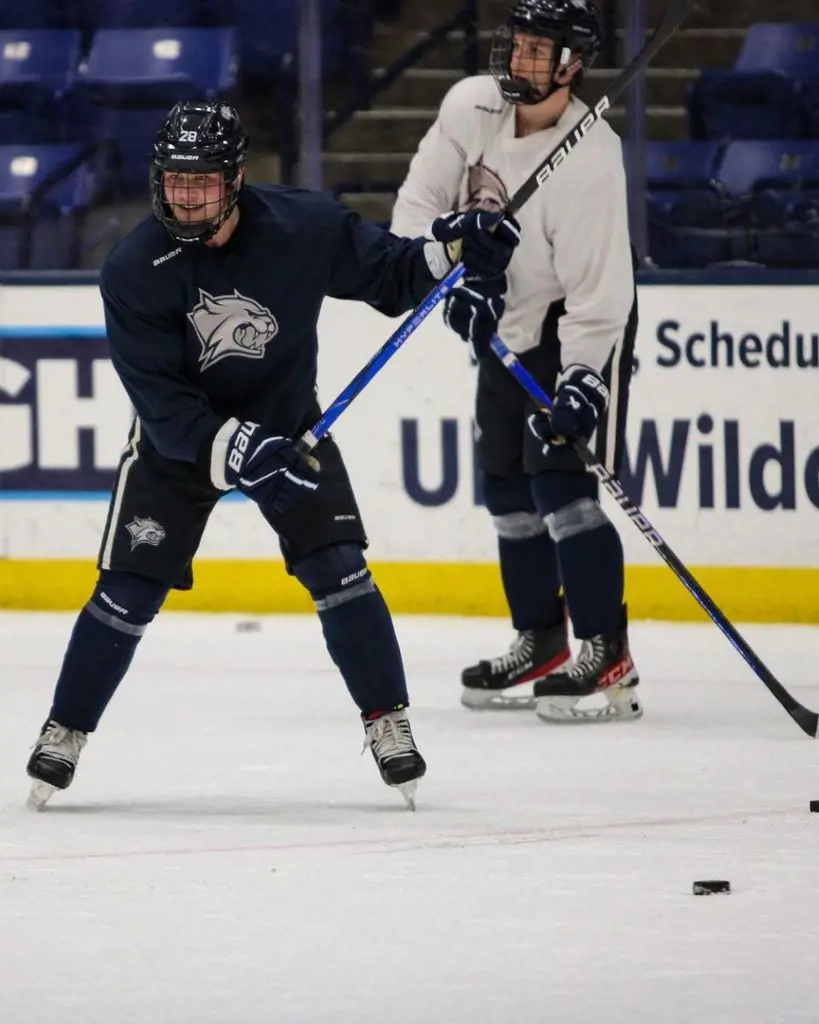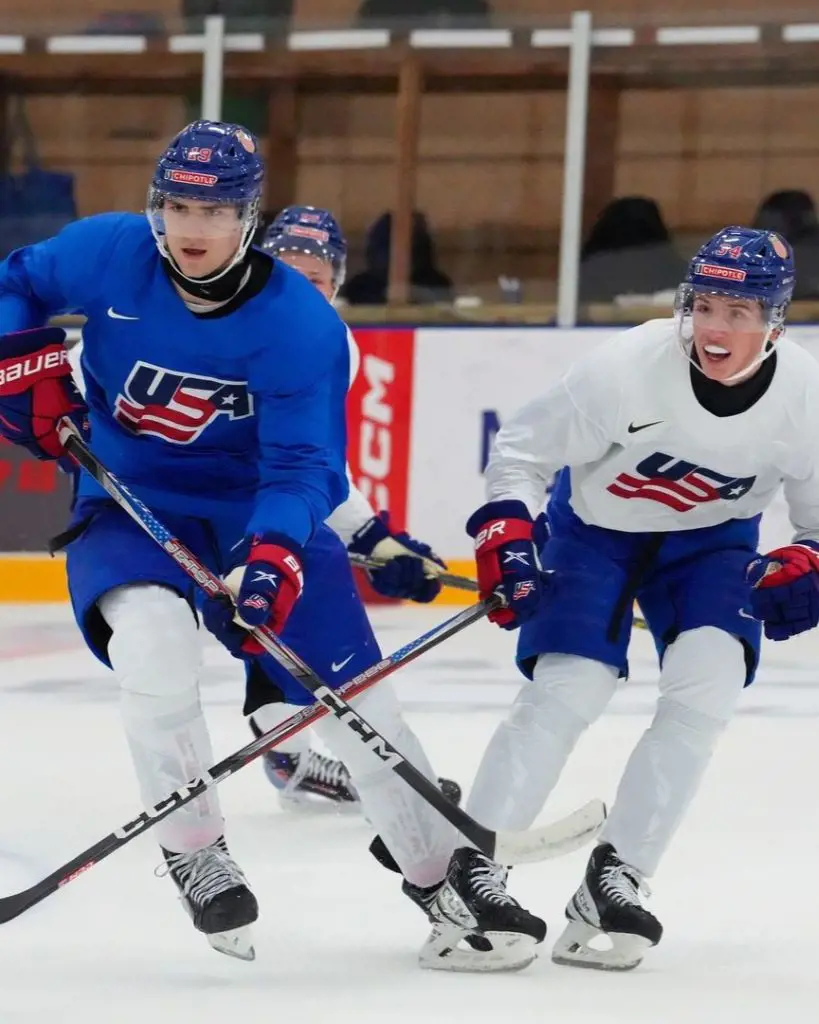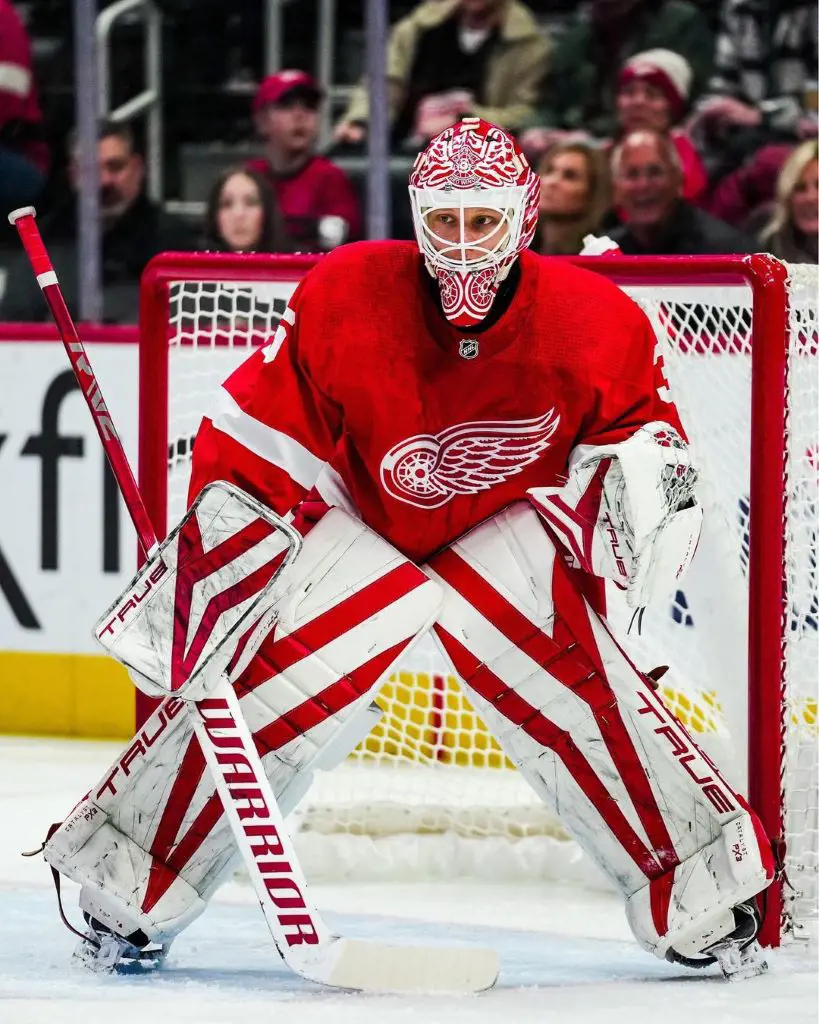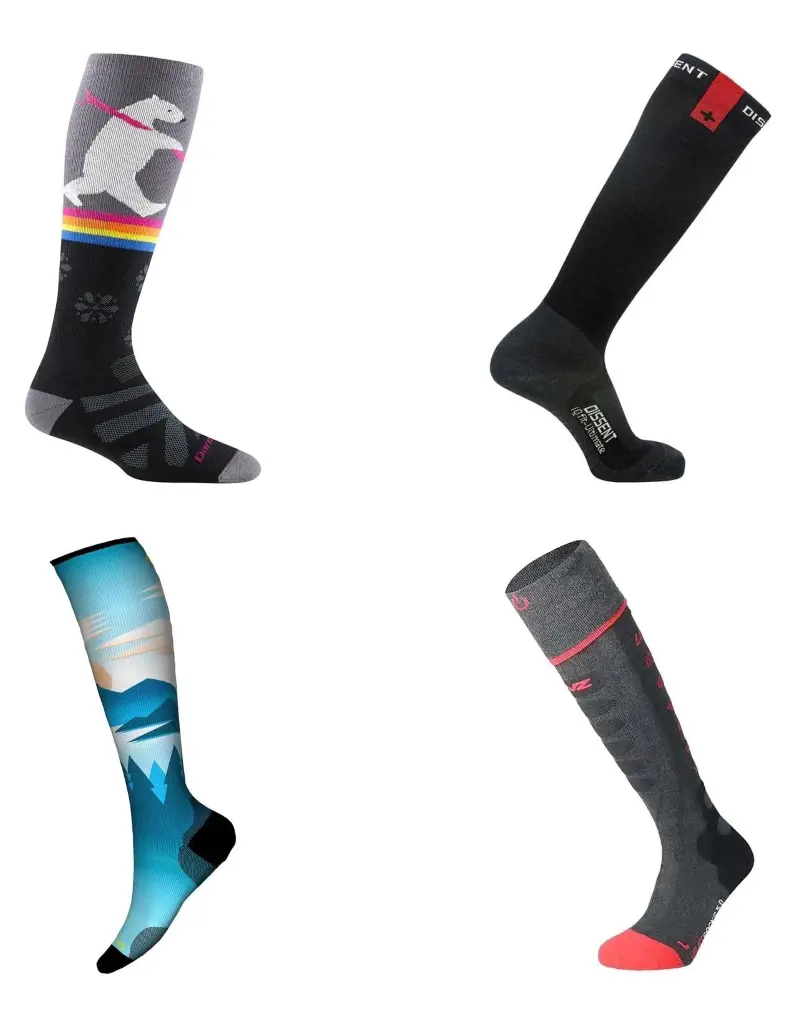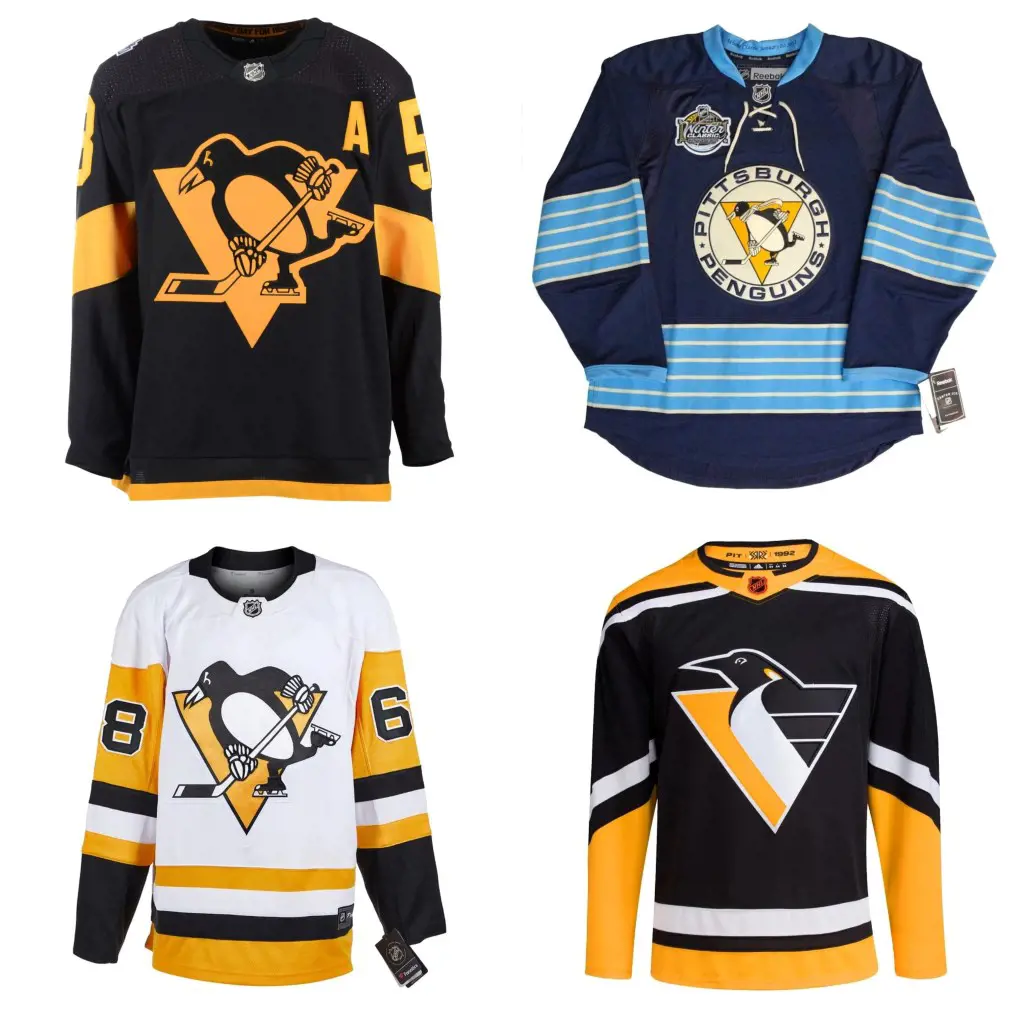1. Center
The center position is one of the three forward positions on a team and plays a crucial role in both offensive and defensive aspects of the game.
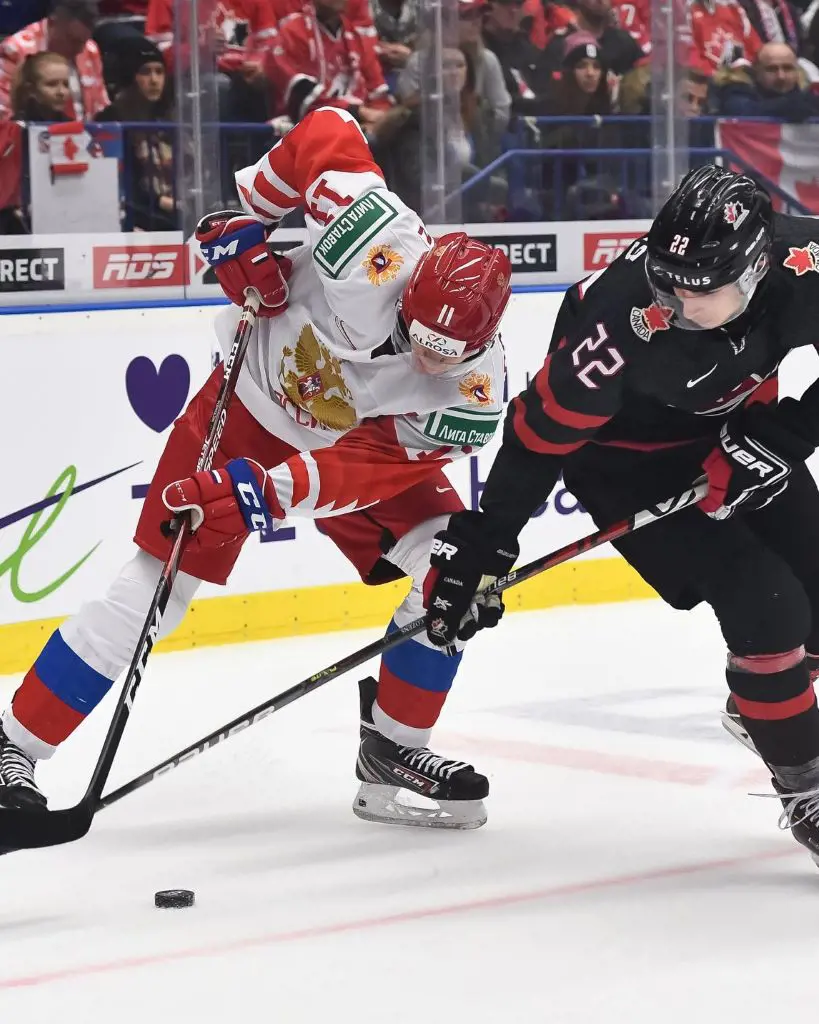
Some key responsibilities and characteristics of the center position in ice hockey:
A. Faceoffs: The center is responsible for taking faceoffs at the beginning of play and after stoppages. Winning a faceoff is crucial because it gives the team immediate possession of the puck.
B. Offensive Playmaking: Centers often act as playmakers, using their vision, passing skills, and hockey IQ to set up scoring opportunities for their teammates.
C. Scoring Goals: While centers are known for their playmaking abilities, many elite centers also contribute significantly to goal-scoring. They have a good shot and the ability to finish scoring chances around the net.
D. Defensive Responsibilities: Centers are not only involved in offensive plays but also play a crucial role in the defensive zone. They help defend against opposing players and contribute to backchecking to prevent the opposing team from scoring.
E. Two-Way Play: Many successful centers are known for their ability to play a "two-way" game, meaning they are effective both offensively and defensively.
F. Skating and Agility: Centers need to be agile skaters as they move quickly up and down the ice. Their agility helps them navigate through opponents and create scoring opportunities.
G. Leadership: In many cases, the center serves as a leader on the ice. They may be the captain or an alternate captain, providing leadership to the team both on and off the ice.
H. Versatility: Centers may be asked to play in various situations, such as power plays and penalty kills. Their versatility allows coaches to deploy them in different roles based on the game's circumstances.


